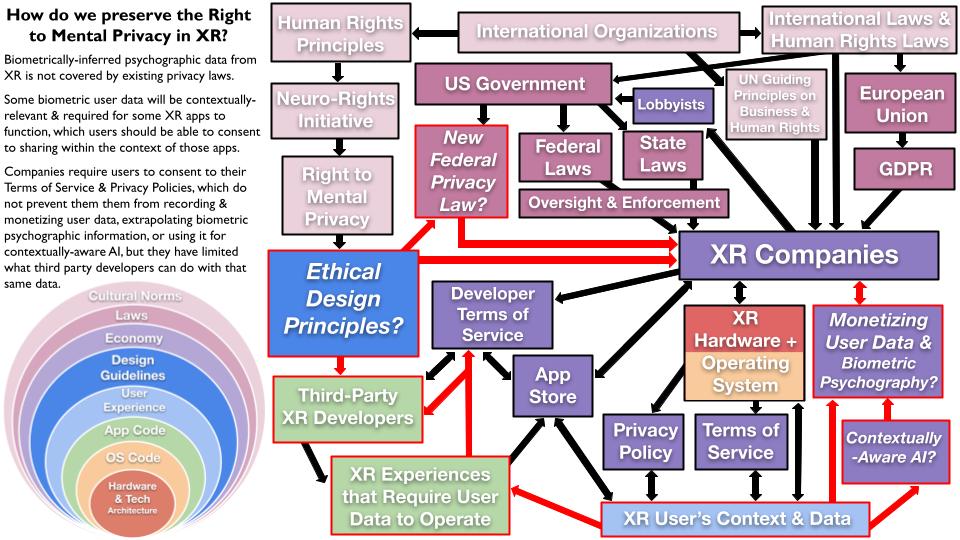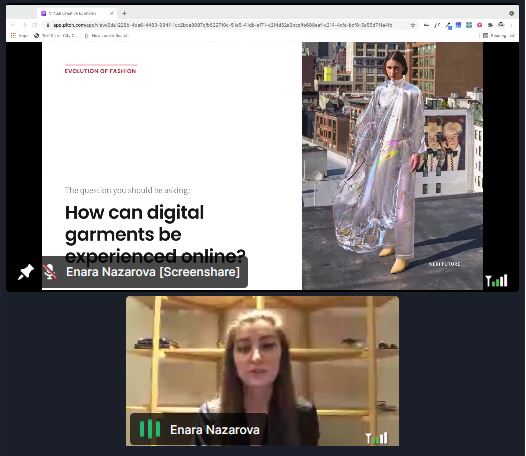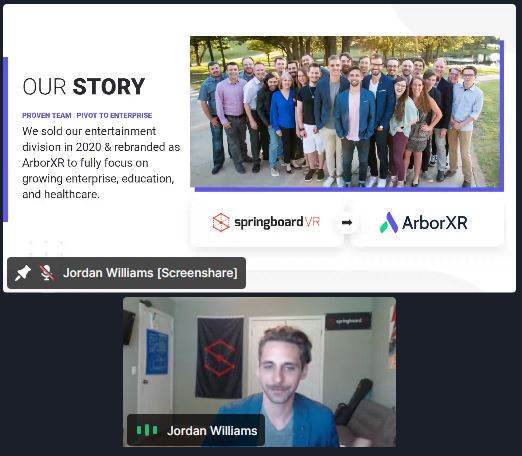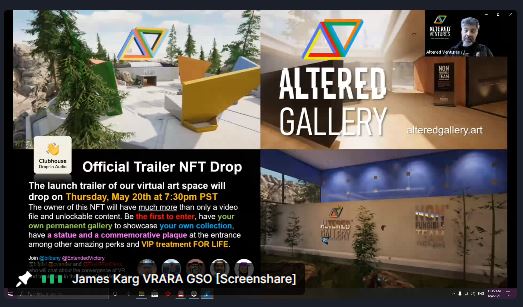While the world carefully prepares for business reopening, conventions still have to be managed with online versions in 2021. Despite these restrictions, the North-American VR/AR Global Summit presented a huge line-up of business-ready activities. After the recent acceleration of digitization, the spatial computing industry now banks on economies of scale.
The 3-day conference offered up to 100 sessions every day, a networking system for video calls as well as for virtual reality meetings on the Engage platform, a digital exposition and several social events in Altspace VR and Sansar. The range of topics was enormous and covered about every aspect related to VR or AR, from research and production to marketing and education.
No matter which particular conference track you were following, ‘scaling’ seemed to be the general talking point for all of them: how to scale virtual training services for enterprise collaboration, how to scale virtual education with school digitization, how to scale social experiences on immersive consumer platforms, how to scale monetization of virtual goods in the Metaverse? Panels and presentations provided experience exchanges, problem analysis and market outlooks while you could scale up your toolbox on the digital exposition site.
The traditional backbone developments of the simulation industry in science, aviation and defense now trickle down into broader application fields in manufacturing, education and consumption. I was especially impressed by the widespread activities and detailed discussions in the education segment during this conference. The scientific and manufacturing sessions were comparable to European conventions. The actual stronghold of the US economy with Big Tech and the consumer markets may be followed in more details at consumer shows and media conventions. But LBE definitely has a special spot in this event, clearly reconnecting the current trends back to their simulation origins.
The trickle-down effect often leads to an understanding of VR as a tool in a certain application framework instead of seeing it as a more substantial shift of paradigm. At first sight, this rather constrained handling of VR appears to be practical and business focused. But it also forces for bad compromises with problematic structures inherent to these application fields, like privacy issues inherent to the internet economy, accessibility problems inherent to manufacturing or outdated interaction mechanics inherent to the game industry. VR/AR Global Summit had its best moments whenever these frictions came out to light in debates and presentations.
Some excitements of the Global Summit appear rather local to a European visitor, like the hyped expectations for Apple‘s entry into AR/VR or some thrilled anticipation of biometrical data monetization. The experience of flat screened QuickTime VR becoming the last nail in the coffin of consumer VR in the 1990s curbs my enthusiasm for Apple‘s unproven competence with 3D environments. Misconceived data management may propel further decoupling, as Facebook cannot market VR headsets in Germany because of antitrust and privacy lawsuits now expanding on a European level. On the other hand, an Indian comparison between virtual production pipelines in Hollywood and Bollywood or a Latin American VC fund for virtual art galleries based on blockchain certification make this summit a truly global and visionary one.
VR/AR Global Summit recalls VR Days Europe and Laval Virtual Europe in scope and variety. Like its transatlantic digital twins, the event serves as a fascinating showcase for all the many activities going on in all spatial computing areas. But with this manifold of adaptations comes a caveat: the lack of self-determination, a precondition for every successful scaling operation.











